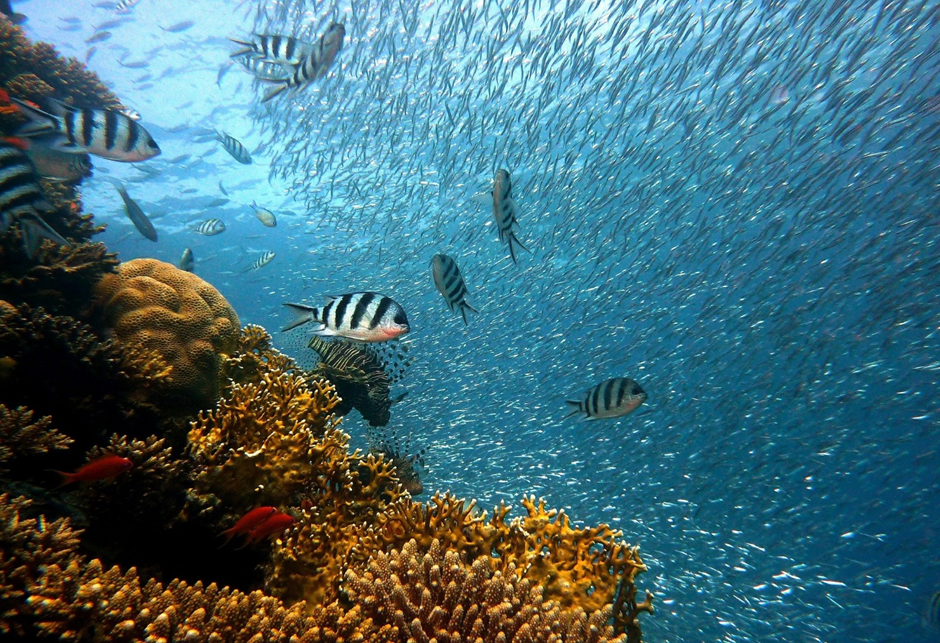Highlights
- Coral reefs are facing an uncertain future.
- Researchers at Australia’s University of Queensland have used Modern portfolio theory to identify 50 coral reefs that are most likely to survive the climate crisis.
- A report released by the Global Coral Reef Monitoring Network stated that almost 14% of the world’s coral has been lost in less than a decade.
Researchers at Australia’s University of Queensland have found a unique way to save threatened coral reefs. They have used a Nobel Prize-winning stock market theory – Modern portfolio theory, which is widely used by portfolio managers in the financial field to identify 50 coral reefs that will most likely survive the climate crisis.
Coral reefs are facing an uncertain future. Even if countries are able to drastically cut carbon emissions and able to contain global heating to a temperature below 1.5 degree Celsius, still more than half of the present coral reefs could vanish in a few decades.

Image Source: Pixabay
According to their research, scientists would target investing in 50 of the projects to conserve those reefs that have the strongest potential to succeed to conserve those respective reefs. Prof Ove Hoegh-Guldberg, a climate scientist at the University of Queensland and who leads the “50 Reefs” project said, “It’s essentially a strategy to help us make decisions about what to protect if we are to have corals at the end of the century.”
In October 2021, a report released by the Global Coral Reef Monitoring Network stated that almost 14% of the world’s coral had been lost in less than a decade. The report collected data from over 300 scientists across 40 years.
Read More: Mass Coral breeding fills Great Barrier Reef with different hues
Hoegh-Guldberg also said, “The Modern portfolio theory is a framework that aims to reduce risk while maximising returns. It’s treating conservation sort of as an investment opportunity.
“You’ve got hundreds of these reefs across the planet,” said Hoegh-Guldberg. “Which one do you pick to concentrate your efforts on it?,” he added.
The scientists first divided total coral reefs under consideration into “biometric units” of 500 sq km. The 174 metrices under five categories were used to rate them. These categories were – Connectivity to other coral reefs, ocean acidification, temperature history and projections, cyclone activity and invasive species. Then, using a process of scalarisation, scientists arrived at some estimates for each biometric unit. This essentially captured the widest range of possibilities for the future.
The project concluded that reefs across Australia, the Middle East, the Caribbean Sea, North and Eastern Africa, to name a few as the reefs to target for conservation projects. Approximately, AU$93 million, backed by the Vibrant Oceans initiative and others have been invested in the project.
Bottom Line
The coral reef is a complex yet one of the most productive and flourishing biologically diverse ecosystems on the Earth. It also helps millions of people with tourism, medicines, fisheries, etc., making it even more important to be saved from ocean temperature rising, plastic waste, etc., which is all causing them to vanish at a rapid speed.
Read More: Aussie Scientists discover new way to save Great Barrier Reef



